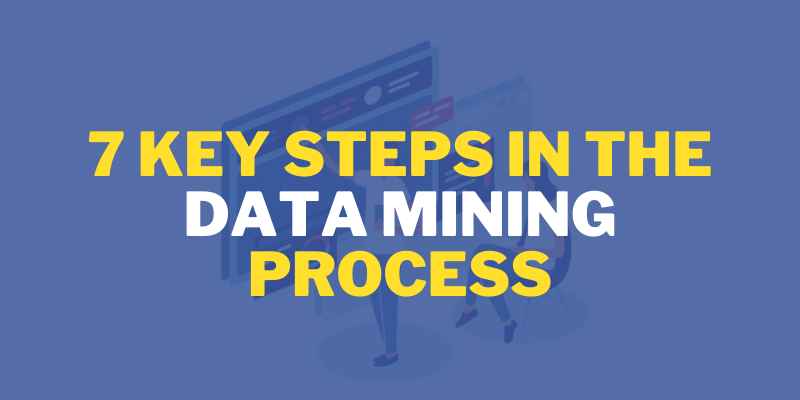
Data Science:
Data science is a discipline that combines domain knowledge, computer skills, and math and statistics knowledge to extract useful insights from data.
To be competitive during the digital revolution, businesses needed to acquire and handle massive amounts of data. While most business owners understood the value of big data, they weren’t always sure how to use it to address business issues.
Business intelligence and analytics have now become a science. Engineers, data analysts, and other experts work with companies to sort through and aggregate data in order to extract insights. Here in this blog, we will discuss the process of data mining. To learn more about the Data Science domain, join Data Science Course in Chennai
Brief History of Data Mining:
- Data mining started became popular in the 1970s and peaked about 2002.
- Predictive analytics first surfaced in the 2000s but has yet to gain widespread acceptance. Businesses and government entities are the primary users.
- According to experts in 2010, data science serves five functions. The scientist’s job is to collect data, clean it up, investigate it, model it, and analyse it.
- The leading venues for data mining and analytics are now social media networks.
FITA Academy offers the best Data Science Online Course to enhance your technical skills in Data Science domain.
The Data Mining Process in 7 Steps
Businesses have access to a multitude of new data in today’s digital environment. Knowing which data sources to collect to connect with corporate objectives might be difficult. Businesses employ data mining and artificial intelligence to improve data collection and extract useful information.
Data Cleaning
To ensure that all process data satisfies industry standards, teams must clean it. Dirty or insufficient data causes poor insights and system failures, which costs time and money. All unclean data will be removed from the organization’s acquired data by engineers. Depending on the business’s resources, they apply various data pretreatment and cleaning processes.
Data Integration
During this step, many specialists clear up additional data in various databases. This eliminates any inconsistencies in the data and ensures data quality to fulfil business needs. To combine data, specialists will employ data mining technologies like Microsoft SQL.
Data Reduction for Data Quality
This process retrieves relevant data for pattern analysis and evaluation. Engineers take a little amount of data and reduce it while maintaining its integrity. Teams may use neural networks or other types of machine learning during the mining process. Dimensionality reduction, numerosity reduction, and data compression are examples of strategies.
Data Transformation
Engineers employ this industry-standard process to convert data into a format that is suitable for mining. They combine the preparatory data in order to speed up data mining and make it easier to spot patterns in the final data set.
Extracting Valuable Trends
To develop business intelligence, companies rely on data mining applications to extract valuable patterns and optimize knowledge discovery. By leveraging these tools, businesses can uncover hidden trends, predict customer behavior, and make data-driven decisions. However, this is only achievable when a corporation fully utilizes big data and collects the right datasets. Advanced data mining techniques help companies streamline processes, reduce operational costs, and improve overall efficiency.
Pattern Evaluation for Business Growth
At this stage, engineers transition from working behind the scenes to sharing their findings with stakeholders. Specialists identify relevant patterns that provide actionable business insights. These patterns can reveal market trends, customer preferences, and potential areas for improvement. Pattern evaluation helps organizations adjust their strategies based on real-time data rather than assumptions, ensuring a competitive edge in the market.
Representing Knowledge in Data Mining
The Impact of Data Mining on Decision-Making
By applying data mining techniques, businesses can enhance customer experiences, detect fraudulent activities, and identify new opportunities for growth. Companies that integrate data-driven strategies into their decision-making process gain a significant advantage, making them more adaptable in an evolving digital landscape.
Conclusion:
So far we have discussed correct process of data mining and steps in data mining process in this blog. To learn more about data mining methods and How Programming Is Important In Data Science?, join Data Science Course in Coimbatore at FITA Academy.
